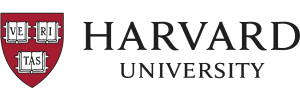Collaborative Project
Electro-SABER: Volumetric protein mapping collaboration


This project, led by the Broad Institute’s HuBMAP Tissue Mapping Center (TMC) in collaboration with the UCSD TMC, will develop a technology that allows scientists throughout HuBMAP and beyond to identify and fix the locations of specific types of cells within microscopic images of thin slices of tissue. The project will begin with Broad TMC researchers creating a pipeline and training methods for the Slide-seq technology that will enable scientists at the UCSD TMC to map particular cell types within the human kidney. Once verified by this collaboration, this pipeline will be available to other HuBMAP centers and eventually the open research community studying tissues from any organ.
Slide-seq is a new method for capturing the location of specific cells and cell nuclei at about 10 micrometers of resolution—that is, about one 2,500th of an inch. Leveraging the single nucleus RNA-seq method, which labels RNA for specific genes being copied from the DNA in a cell’s nucleus, it can identify where members of a particular type of cell are present in a microscopic image taken of a tissue slice. The method uses special microscope slides with nucleic acids corresponding to the genes of interest, and requires no specialized equipment, making it ideal for adoption by many research groups. The Broad group plans to have the system ready for use by the SDSC group by December, 2021.
